
The Uproxx Music Travel Hot List series is sponsored by Priceline, where you can go to book your next music travel adventure.
There’s nothing quite like the energy of live music, no matter what genre or artist draws you to the collective listening experience. Between the pulse of the bass and the roar of the crowd between songs, concerts bring thousands of people together for a night of downright good vibes and fun.
What can elevate the live music experience even more, though? An epic venue. From historic theaters to famous landmark locations and open-air amphitheaters under the stars, the right setting can turn a great concert into an unforgettable experience. Naturally, the country’s biggest cities are home to legendary venues that are so iconic, they’re worth planning an entire trip around.
So, we’re sharing some of the coolest concert venues in the 15 largest US cities.
New York City — Brooklyn Steel

Madison Square Garden and Radio City Music Hall are the first venues that come to mind when we think of NYC’s music scene, but we love Brooklyn Steel for that under-the-radar feel. It’s big enough to host major indie and alt-rock acts (think LCD Soundsystem, Tame Impala, and Phoebe Bridgers) but intimate enough to feel like you’re discovering something underground. The venue fits around 1,800 attendees. The crowd is always cool, the beer is craft, and the sound is next-level.
Check out the lineup here.
Los Angeles — Hollywood Bowl
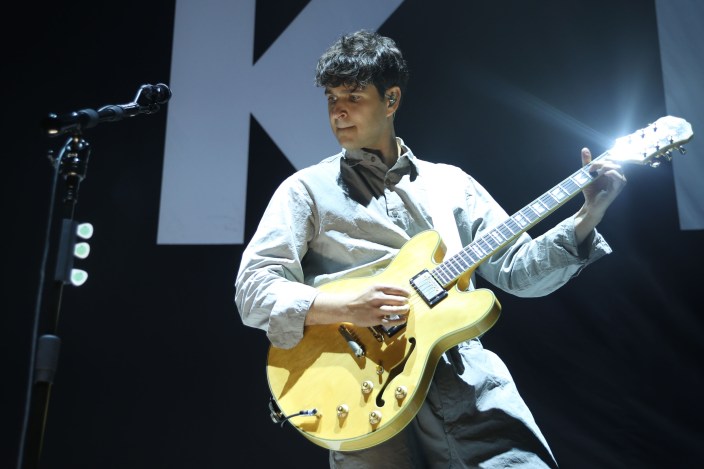
One of the most iconic venues in the world, the Hollywood Bowl is a mecca for music’s biggest names. Everyone from The Beatles and Jimi Hendrix to Billie Eilish and Post Malone has played there. Not to mention its regular classical concerts with the LA Philharmonic. As an outdoor amphitheater carved into the Hollywood Hills, the venue’s ambiance is what sets it apart. Despite its capacity for 17,500 concert goers, it still feels relaxed and quintessentially LA, especially in the summertime.
Check out the lineup here.
Chicago — Thalia Hall

Thalia Hall strikes the perfect balance between historic charm and modern edge. Originally built in 1892 as an opera house, the venue has been beautifully restored, keeping its vintage character while updating it with state-of-the-art sound and lighting. You’ll notice soaring ceilings, intricate molding, and a dramatic balcony mixed with epic light shows and incredible acoustics. Located in the artsy Pilsen neighborhood, Thalia Hall attracts a crowd that appreciates both music and atmosphere. It hosts a thoughtfully curated lineup of indie, alternative, hip-hop, and experimental acts, giving it major cred among locals and touring artists alike.
Check out the lineup here.
Houston — Warehouse Live

Born out of a 1920s warehouse in Houston’s East Downtown, Warehouse Live blends gritty, industrial aesthetics like exposed brick, LED chandeliers, and raw acoustics with cutting-edge production. With three distinct rooms, including a 1,300-capacity Ballroom, a mid-sized Studio (450), and the intimate Greenroom (125), it caters to everything from buzzy indie bands to mid-tier hip-hop or electronic acts. You’ll catch a range of artists from Drake to Passion Pit to local rap collectives delivered with stellar acoustics that make even the smallest stage pack a punch.
Check out the lineup here.
Phoenix — Crescent Ballroom
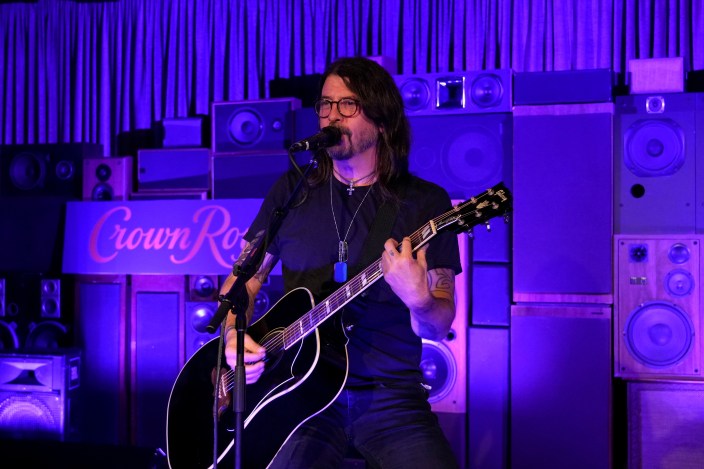
Sometimes, small crowds make for a more memorable live music experience, and that’s exactly what you get at Crescent Ballroom. Housed in a beautifully restored 1910s building in Downtown Phoenix, this venue combines historic and modern touches like exposed brick walls, vaulted ceilings, and a sleek bar and kitchen that keep the vibe lively before, during, and after shows. The 500-cap venue is known for its outstanding acoustics and close-up views, which attract a diverse lineup of indie, rock, and alternative acts. The intimate environment makes every performance feel personal.
Check out the lineup here.
Philadelphia — The Fillmore Philadelphia

The Fillmore is a modern yet character-filled space with a mid-size capacity (around 2,500). It’s big enough to host high-energy shows with major artists, but intimate enough to feel connected to the performance. There’s also a smaller room inside, The Foundry, that caters to emerging acts and offers a more underground vibe. Add in the venue’s spacious layout, balcony views, and excellent onsite bar and food options, and it’s easy to see why The Fillmore stands out in Philly’s competitive live music scene. Whether you’re seeing a rising indie band or a household name, this venue consistently delivers a memorable experience.
Check out the lineup here.
San Antonio — Tobin Center of Performing Arts
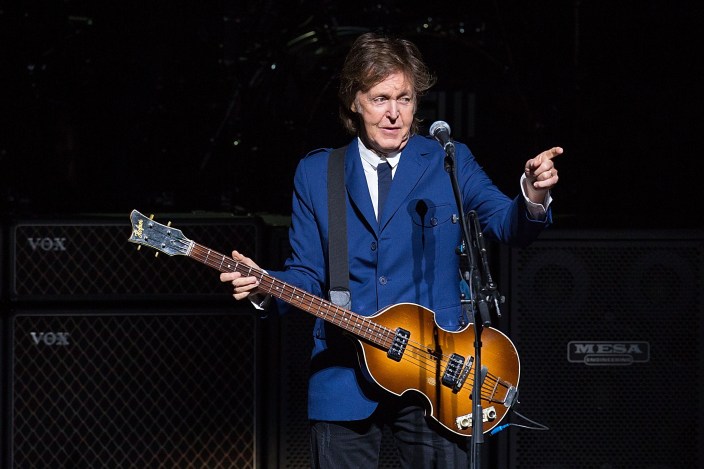
Located along the scenic River Walk, the Tobin Center offers stunning architecture, state-of-the-art acoustics, and versatile spaces like a 1,760-seat performance hall and an intimate outdoor plaza. You’ll find everything from symphonies and Broadway shows to major touring acts on the venue’s schedule. Its central location, comfortable seating, and refined amenities (like Grand Tier boxes with private bars) make it a favorite among both locals and visitors, consistently delivering a polished and memorable night out.
Check out the lineup here.
San Diego — The Rady Shell
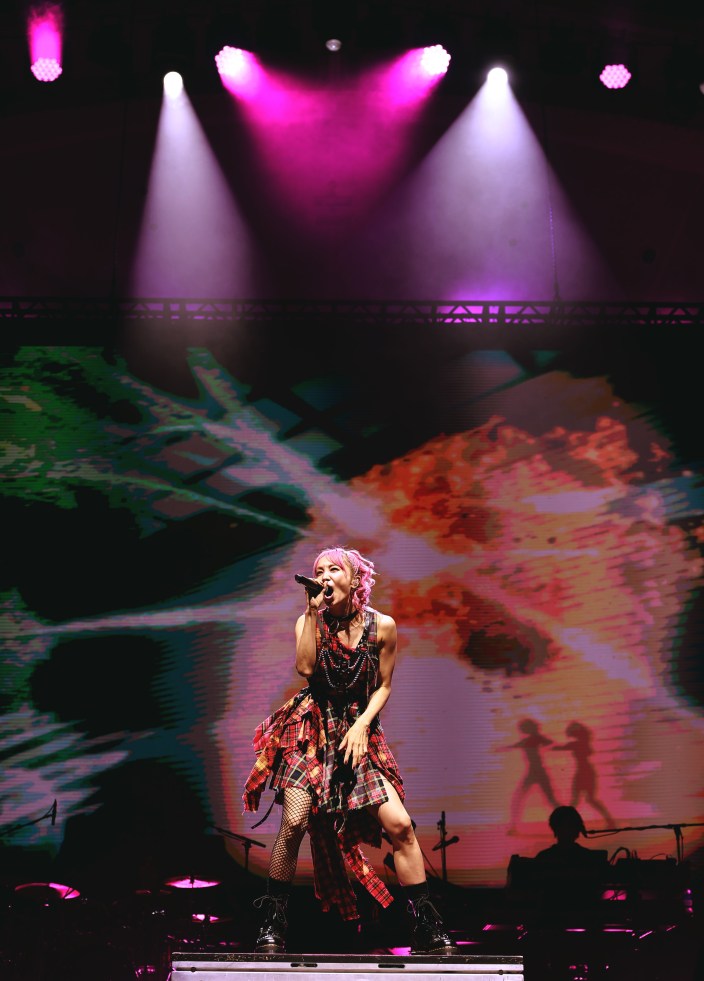
When it comes to outdoor concert venues, The Rady Shell in San Diego is top-tier. Perched on a slender peninsula surrounded by water on three sides, its seashell-inspired form offers sweeping views of the skyline, marina boats, and the harbor at sunset, creating a picture-perfect backdrop for any performance. Designed in partnership with the San Diego Symphony, the Shell delivers world-class acoustics and pristine sound, whether fans are seated in folding chairs or sprawled on the turf lawn. Catch major acts like Leon Bridges, John Legend, Maren Morris, and more.
Check out the lineup here.
Dallas — The Bomb Factory

The Bomb Factory in the artistic Deep Ellum neighborhood is hands-down one of Dallas’s coolest concert venues. The historic 50,000 square foot warehouse was once a Ford assembly plant and WWII munitions factory, and it was renovated in 2015 into a flexible indoor stage that can host up to 4,300 fans. With mezzanine views, VIP suites, and state-of-the-art sound and lighting systems, The Bomb Factory sets the stage for acts like Radiohead, The Ramones, Phish, Fugazi, Robert Plant, Lauryn Hill, Future, and Disclosure.
Check out the lineup here.
Austin — Mohawk Austin
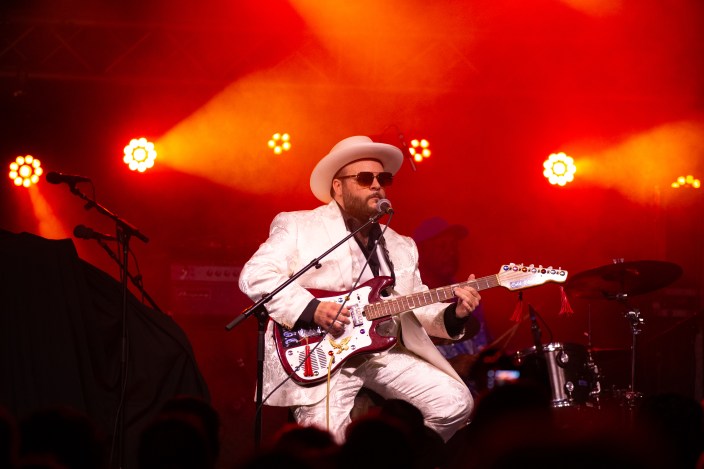
Located in the Red River Cultural District, Mohawk offers both indoor and outdoor stages (including a rooftop patio with skyline views) that perfectly match the laid-back yet electric energy of the city. The venue’s design features recycled materials, multiple bars, and a breezy multi-level layout that feels as authentic as its curated music performances, which span a wide range of genres. With a max capacity of 900, guests get an intimate and memorable show.
Check out the lineup here.
Jacksonville — The Florida Theater
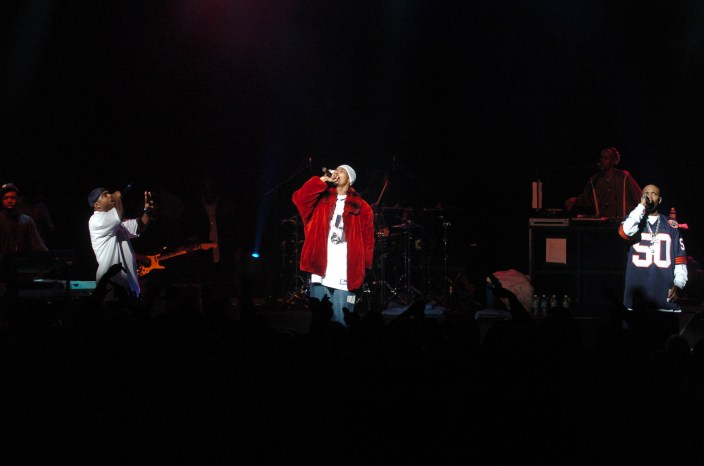
The Florida Theater is a historic downtown gem that’s nearly 100 years old. The gorgeous theater architecture and excellent acoustics deliver a classic yet timeless concert experience where there are no bad seats in the house. If you’re in the mood for something atmospheric, well-produced, and steeped in music history, Florida Theatre is Jacksonville’s undisputed crown jewel.
Check out the lineup here.
Fort Worth — Billy Bob’s Texas

Billy Bob’s Texas is Fort Worth’s legendary honky-tonk that brings together live country and rock music, sheer size, and Texas flair. Located in the historic Stockyards District, Billy Bob’s is the world’s largest honky-tonk with over 100,000 square feet of dance floor, memorabilia, live music, bull riding, over 30 bar stations, and straight-up Texas energy. It’s hosted country legends like Willie Nelson (who’s performed there more than 50 times), George Strait, Merle Haggard, and countless others, making it a pilgrimage site for country fans and music lovers alike.
Check out the lineup here.
Columbus — Newport Music Hall
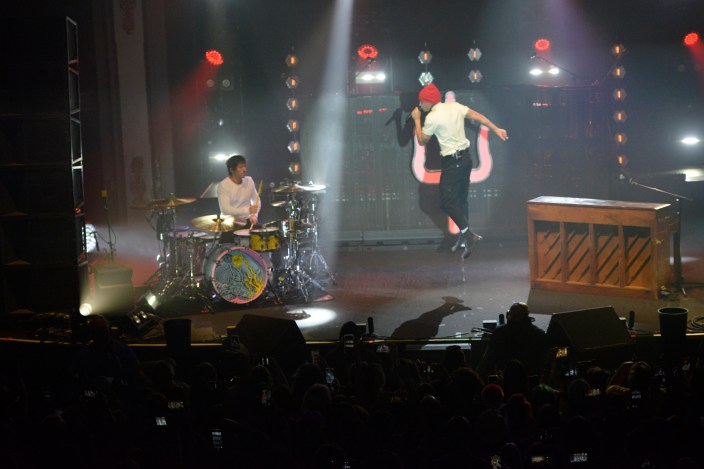
Hailed as America’s longest continuously operating rock venue, Newport Music Hall has been putting on shows since 1921. Its historic and energetic 1,700‑capacity space hosts over 150,000 fans annually, delivering intimate, high-energy shows with bands ranging from rising indie favorites to veteran rock icons, such as AC/DC, The Smashing Pumpkins, and B.B. King.
Check out the lineup here.
Charlotte — Bojangles Coliseum
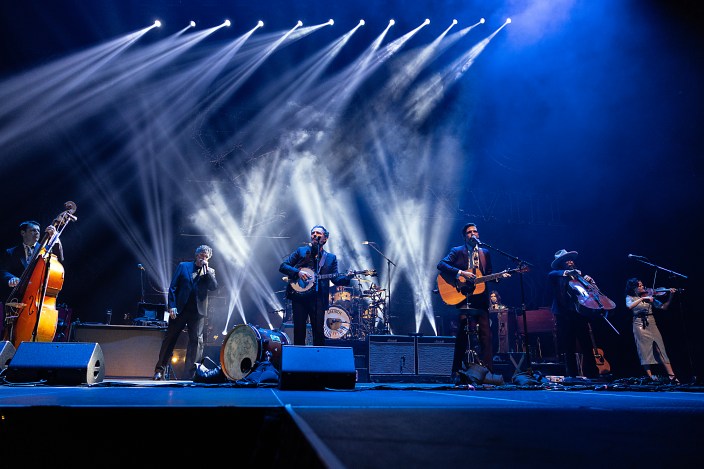
Located in the East Charlotte neighborhoods and dating back to 1955 as Charlotte’s first civic auditorium, Bojangles Coliseum still boasts the city’s iconic steel dome and a long legacy of hosting legends like Elvis Presley (including one of his last live performances in 1977), Rush, Rod Stewart, and ZZ Top. Now, you can expect to see both big and mid-size artists take center stage, such as Megan Moroney, Tyler, the Creator, and DaBaby. With more than 10,800 seats, every show guarantees a lively and energetic atmosphere.
Check out the lineup here.
San Francisco — The Fillmore
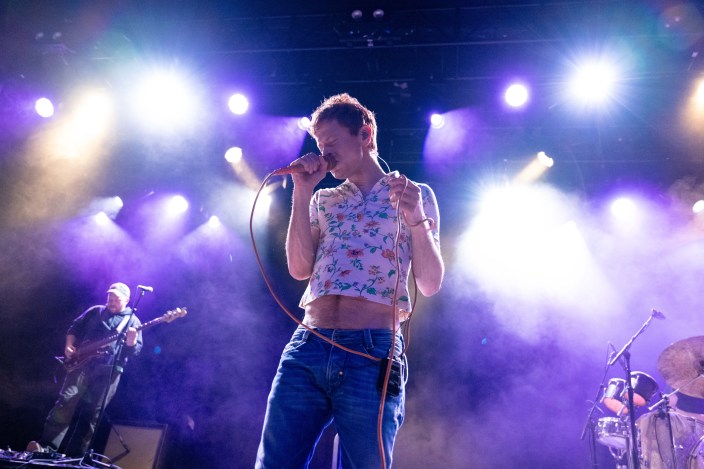
In San Francisco’s vibrant live‑music scene, The Fillmore reigns supreme as the coolest concert venue in the city. The historic space was built in 1912, but it’s most renowned for being a focal point for the psychedelic music scene in the 1960s and ‘70s. It featured shows by legends including Jimi Hendrix, the Grateful Dead, Led Zeppelin, Pink Floyd, and Janis Joplin. The 1,300-person capacity, combined with the vintage chandeliers, hardwood dance floors, and walls lined with classic concert posters, makes each experience feel intimate and historic.
Check out the lineup here.
source https://uproxx.com/music/best-concert-venues-in-every-major-us-city/
Comments
Post a Comment